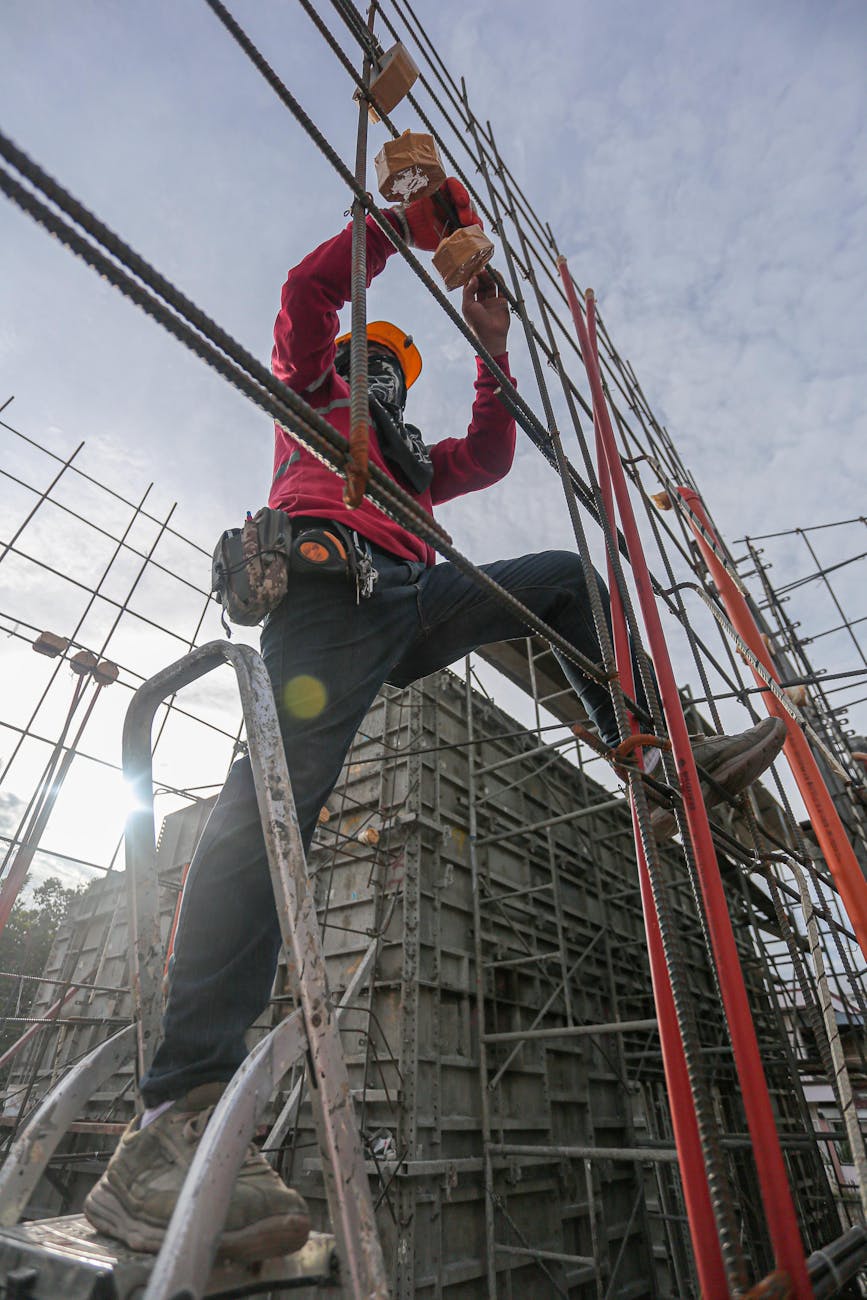
Construction Safety Training: Scaffolding, Excavation, and Working at Heights
Introduction
Construction sites are high-risk environments where accidents can lead to severe injuries or fatalities. Proper safety training is essential to minimize risks, especially when working with scaffolding, excavation, and at heights. This training ensures workers understand hazards, safety protocols, and best practices to maintain a safe worksite.
This guide covers key safety measures for:
- Scaffolding Safety
- Excavation Safety
- Working at Heights Safety
By following these guidelines, workers can prevent accidents and comply with occupational safety regulations.
Scaffolding Safety
Scaffolding is a temporary structure used to support workers and materials during construction. Improper assembly or use can lead to collapses and falls.
Key Safety Measures:
- Inspect Scaffolding Before Use – Check for stability, damaged parts, and proper locking mechanisms.
- Ensure Proper Assembly – Only trained personnel should erect or modify scaffolding.
- Use Guardrails and Toeboards – Prevent falls with edge protection.
- Avoid Overloading – Follow weight capacity limits.
- Wear PPE – Hard hats, non-slip boots, and harnesses when necessary.
Common Hazards:
- Unstable base
- Missing guardrails
- Slippery surfaces
- Falling objects
Excavation Safety
Excavation work involves digging trenches or foundations, which can lead to cave-ins, gas exposure, or equipment accidents.
Key Safety Measures:
- Sloping, Shoring, or Shielding – Prevent cave-ins using protective systems.
- Inspect Trenches Daily – Check for cracks, water accumulation, or hazardous atmospheres.
- Keep Heavy Equipment Away from Edges – Reduce the risk of collapses.
- Use Proper Access/Egress – Ladders or ramps should be within 25 feet of workers.
- Test for Hazardous Gases – Use detectors in deep excavations.
Common Hazards:
- Trench collapses
- Underground utility strikes
- Falling equipment
- Oxygen-deficient environments
Working at Heights Safety
Falls are a leading cause of construction fatalities. Proper fall protection is crucial when working above 6 feet.
Key Safety Measures:
- Use Fall Arrest Systems – Harnesses, lanyards, and anchor points must be OSHA-compliant.
- Inspect Ladders & Lift Equipment – Ensure they are stable and defect-free.
- Install Safety Nets or Guardrails – Secondary protection in case of falls.
- Avoid Working Near Unprotected Edges – Mark hazard zones clearly.
- Train Workers on Emergency Procedures – Rescue plans must be in place.
Common Hazards:
- Unsecured ladders
- Unprotected edges
- Slippery surfaces
- Improper use of PPE
Conclusion
Construction safety training in scaffolding, excavation, and working at heights is critical to preventing accidents and ensuring compliance with regulations. By following proper procedures, conducting regular inspections, and using appropriate PPE, workers can significantly reduce risks.
Continuous training and adherence to safety protocols create a safer work environment for everyone involved.
30 Critical Safety Moments to Discuss in Meetings
How To Conduct HSE Induction Training
25 Workplace Safety Topics for Meetings
How to Conduct a Successful Safety Training Program
FAQs
1. How often should scaffolding be inspected?
Scaffolding should be inspected before each shift and after any event that could affect its stability (e.g., extreme weather).
2. What is the maximum allowable slope for excavation?
The slope angle depends on soil type but typically follows OSHA’s 1:1 (45-degree) rule for stable soil.
3. When is a fall arrest system required?
A fall arrest system is required when working at heights of 6 feet or more in construction (per OSHA standards).
4. What are the three main types of excavation protection?
- Sloping – Cutting back trench walls at an angle.
- Shoring – Installing supports to prevent soil movement.
- Shielding – Using trench boxes to protect workers.
5. Can a worker use a body belt instead of a harness for fall protection?
No, body belts are not OSHA-approved for fall arrest. Full-body harnesses must be used.
























